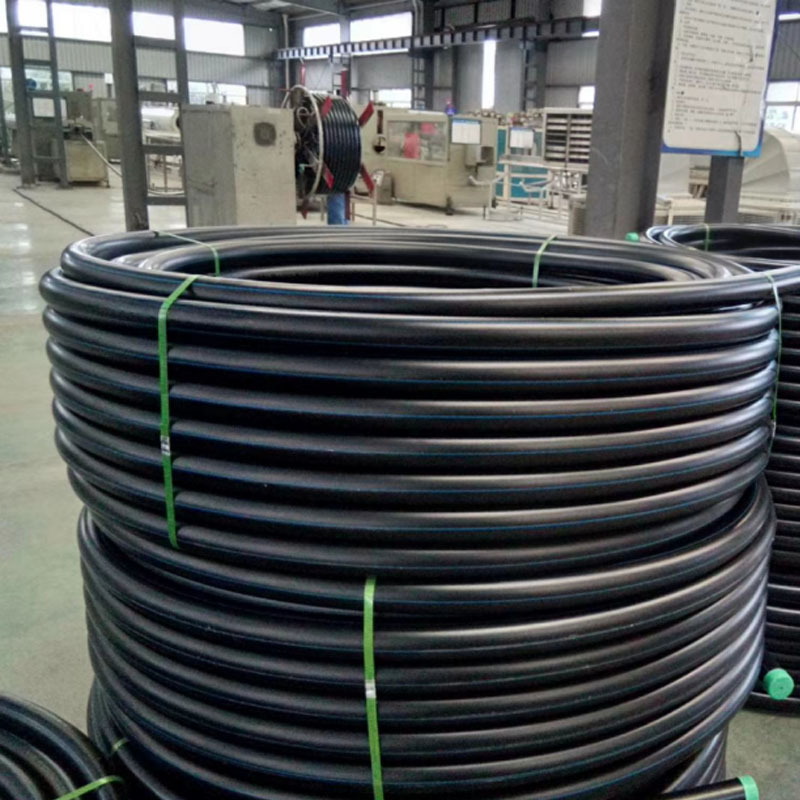Sep . 07, 2024 03:41 Back to list
HDPE Pipe Dimensions and Services - High-Quality HDPE Solutions
Understanding HDPE Pipe Dimensions and Their Services
High-Density Polyethylene (HDPE) pipes have become an increasingly popular choice in modern engineering and construction due to their remarkable durability, flexibility, and resistance to various chemicals. These properties make HDPE pipes a preferred option for a range of applications, including water supply, sewage systems, and gas distribution. In this article, we will delve into the dimensions of HDPE pipes and the services associated with their installation and maintenance.
Dimensions of HDPE Pipes
HDPE pipes are available in various sizes, typically specified by the nominal pipe size (NPS) and the standard dimension ratio (SDR). The NPS is a standardized system of measurement that helps ensure compatibility with fittings and connections. The SDR indicates the ratio of the pipe's outer diameter to its wall thickness. A lower SDR corresponds to a thicker wall, which typically strengthens the pipe for specific applications.
For example, commonly used sizes of HDPE pipes can range from as small as 1 inch (25 mm) to large diameters exceeding 63 inches (1600 mm). The choice of size is crucial and often depends on the flow requirements and the specific application. For instance, a municipal water supply system may require larger pipes to accommodate high flow rates, whereas smaller pipes would suffice for residential drainage systems.
Benefits of Using HDPE Pipes
The specific dimensions of HDPE pipes provide several key advantages. Firstly, their lightweight nature makes transportation and installation more manageable compared to traditional materials like PVC or metal pipes. Additionally, HDPE pipes are less likely to corrode, leading to a longer lifespan and reduced need for maintenance.
hdpe pipe dimensions service

Furthermore, the flexibility of HDPE allows for less complicated installation processes, minimizing the need for fittings. This reduces the risk of leaks and allows for a more efficient flow of liquids or gases, making HDPE pipes an ideal choice for various infrastructures.
Services Related to HDPE Pipes
The effective implementation of HDPE pipes requires professional services encompassing installation, maintenance, and repair. Many companies specialize in providing these services, equipped with the necessary expertise and tools to ensure optimal performance.
Installation services typically include site assessments, precise measurements, and the actual laying of the pipes. Skilled technicians consider factors like ground conditions and environmental impacts to ensure a sustainable and efficient pipeline.
Maintenance services are equally critical. Regular inspections can help identify potential issues before they escalate, preserving the integrity and functionality of the pipeline. Repair services are also essential, as HDPE pipes can develop leaks or sustain damage due to external impacts or shifts in the surrounding environment.
Conclusion
HDPE pipes are indispensable in contemporary piping systems, boasting a diverse range of dimensions suitable for various applications. Their inherent benefits, including flexibility, durability, and resistance to corrosion, make them an optimal choice for engineers and contractors alike. Understanding the dimensions and associated service requirements of HDPE pipes can significantly influence project success, ensuring efficient operation for years to come. Investing in quality HDPE pipes and professional services ultimately leads to better infrastructure and enhanced public safety.
-
High-Quality PVC Borehole Pipes Durable & Versatile Pipe Solutions
NewsJul.08,2025
-
High-Quality PVC Perforated Pipes for Efficient Drainage Leading Manufacturers & Factories
NewsJul.08,2025
-
High-Quality PVC Borehole Pipes Durable Pipe Solutions by Leading Manufacturer
NewsJul.08,2025
-
High-Quality PVC Borehole Pipes Reliable PVC Pipe Manufacturer Solutions
NewsJul.07,2025
-
High-Quality UPVC Drain Pipes Durable HDPE & Drain Pipe Solutions
NewsJul.07,2025
-
High-Quality Conduit Pipes & HDPE Conduit Fittings Manufacturer Reliable Factory Supply
NewsJul.06,2025

